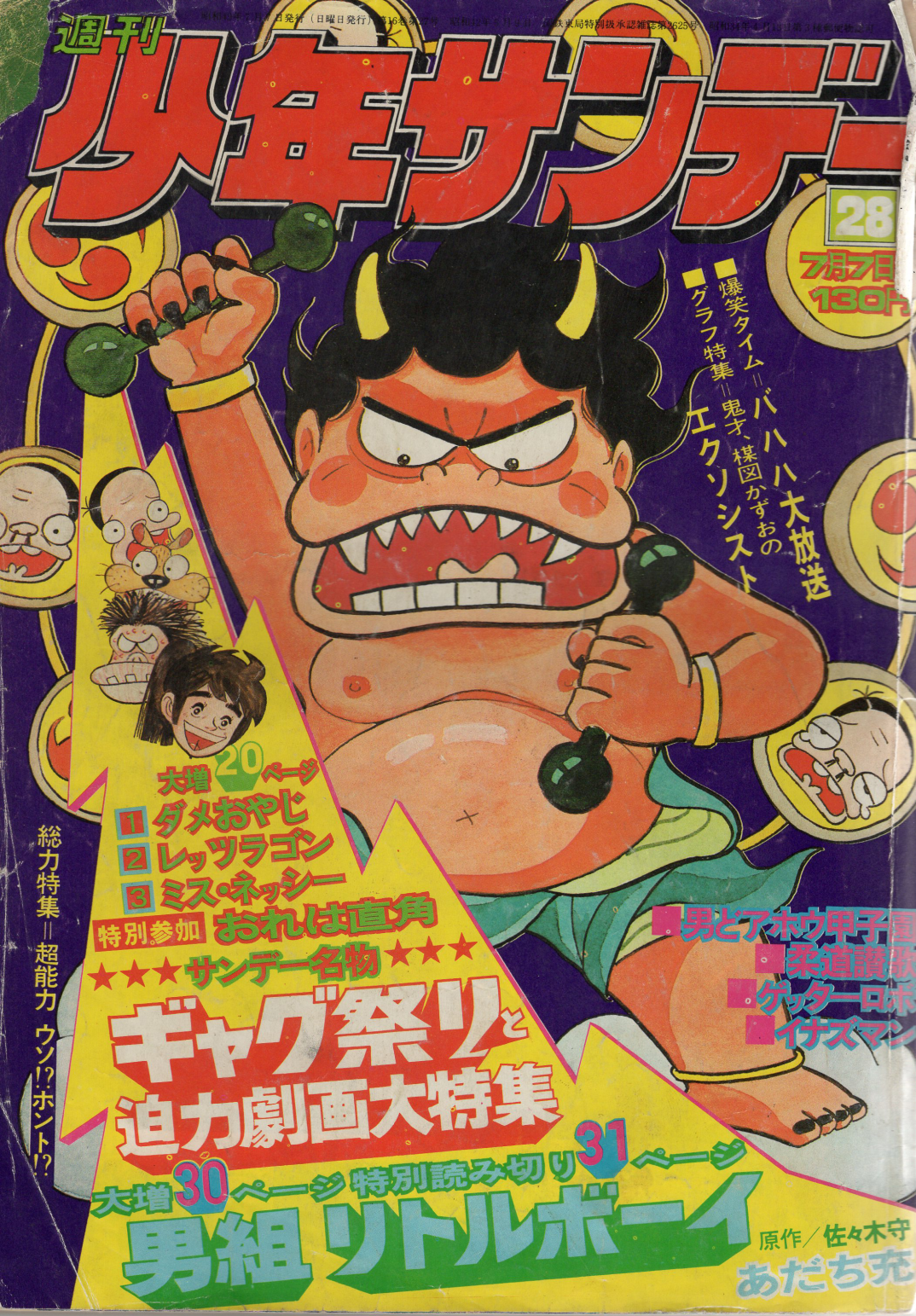Lately, I think we’ve all heard a lot about witches in pop culture and main stream media a little more than usual. This got me to digging up my books and various other materials related to the subject of witches.
The modern “witch” is mostly rooted in ancient European culture (like ancient pagan religions for example) and predominately these beliefs were tied in with nature and “mother earth”. This concept of the binding of religion & nature is not unique to European cultures, however, and here in Japan there is a unique religion called Shinto. In this religion, there are spirits in everything natural; rivers, mountains, forests, etc. From this, it can be said that it is similar to European old religions and even more ancient religions from around the world. Looking at the world around us and trying to find a deep understanding in nature is a very, well, natural thing to do as humans. Because of this, millions of stories have been made and types of spirits/creatures/gods were born from our imaginations. Here are a few notable types.
Alraune
The Alraune is related to the mandrake root because the name in German also translates to “mandrake”. It is also called a kobold which is sometimes translated into “sprite”. These spirits/witches were often kept in the home by families. The Alraune at her best was dressed in elegant silks and velvets, bathed in wine and had regular meals of milk and cookies. It is thought that she might have originally been a household goddess or ancestral spirit because her shrines were oft found in cupboards of homes. Alraunes had the power to tell fortunes and also reveal the location of treasures but if not taken care of, could also bring the downfall of the family. It often appears in pop culture as well. There is the notable Alraune (German novel by Hanns Heinz Ewers) and the Alraune also appears as enemies in the video games Final Fantasy IV and Shin Megami Tensei IV
Bilwis
While not necessarily a witch, according to some accounts the Bilwis is said to be everything from a witch to an elf. Originally a benevolent spirit, she was probably made frightening to keep children from ruining the grain fields outside. Also referred to as a kind of corn spirit from German lore, of sometimes demonic or human origin.
Chervioburgium
This actually translates to “cauldron carrier” and refers to a man who carried a cauldron for a witch.
Drude
A drude a female spirit or witch that starts trouble for sleeping people and livestock. Particular women are just destined to be Druden, departing their bodies at night to fly around the countryside giving people nightmares.
Elder Mother
A wood-spirit that inhabits elder bushes who vehemently protects them.
Weathermakers
They could raise storms by trapping spiders under pots, shaking wet brooms and other methods. Related to Valkyries.
Wolf Crones
Swedish witches who have the power to control wolves. They are called Vargamor and were old women who lived deep in the forest.
That’s all for now. With more research may come more information about these and other witches in folklore from around the world.


















